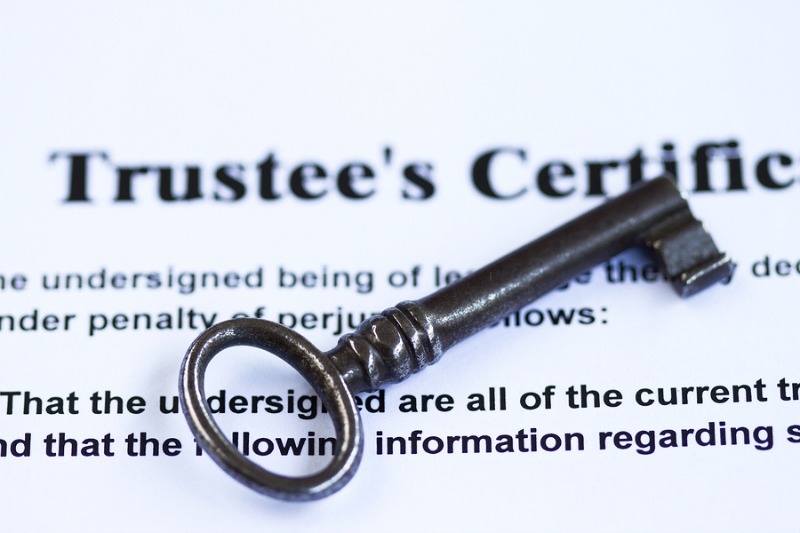Renowned author Nicholas Sparks is currently being sued by the former headmaster of the New Bern, North Carolina school founded by Sparks. Saul Benjamin alleges Sparks defamed him by telling parents of the students that Benjamin suffered from mental health problems. What is defamation, and how is it proved in court?
(Benjamin also alleges Sparks violated the Americans with Disabilities Act, but analysis of this claim is outside the scope of this article.)
Elements of Defamation
Defamation is generally defined as a published, false statement that harms the reputation of the person(s) referenced in the statement. To establish a prima facie claim for defamation, a Plaintiff must show each of the following elements:
- The Defendant published a statement. This does not require formal publication, as with a newspaper. Instead, a statement is published if it is made publicly – i.e., if it is distributed or shared with at least one person other than the Plaintiff. Importantly, this provides a limitation on defamation claims. Someone other than the Plaintiff must hear the allegedly defamatory statement. This is a logical requirement, considering the harm associated with defamation: reputational harm.
- The statement about Plaintiff. There is no requirement that statement explicitly name the Plaintiff, as long as a reasonable person hearing the statement would know it was about the Plaintiff.
- The statement is one of fact. A statement of opinion is not considered defamatory; however, disputes commonly occur when a statement is not clearly one of fact, but also not clearly one of opinion.
- The statement is false.
- The statement harmed the Plaintiff’s reputation. Typically, this element requires more than mere embarrassment. This element requires a fact-intensive analysis, unless the statement falls within the categories in which reputational harm is assumed (e.g., that the Plaintiff committed a criminal offense).
- The Defendant published the statement with the requisite level of fault. The level of fault varies depending on the particular Plaintiff. For example, if the Plaintiff is a public official, such as the President of the United States, or a public figure, such as a celebrity, the Plaintiff must prove the Defendant acted with actual malice – defined as knowledge that the statement was false or reckless disregard for the statement’s truth or falsity. Alternatively, if the Plaintiff is a private figure, or someone not generally known by the public, negligence is sufficient. This tiered approach to fault creates a higher burden for those individuals in the public view. Interestingly, if Sparks were the Plaintiff suing his former headmaster, he would arguably need to meet the actual malice standard because of his fame as an author.
The Truth Shall Set You Free
As with any cause of action, the Plaintiff bears the burden of proving each element. If a Defendant can show that any one of the above elements is not met, the Plaintiff’s case will fail. It follows, then, that truth is an absolute defense to a defamation claim. Stated differently, a true statement of fact cannot be defamatory, no matter how damaging it may be to the Plaintiff’s reputation, even if stated maliciously.
It will be interesting to follow this case to observe if Benjamin is able to prove the elements of his defamation claim, and what defense(s) Sparks raises in response.
If you have questions regarding a defamation action or other civil dispute, please call us at (704) 457-1010 to schedule a consultation. For more information regarding our firm, attorneys, and practice areas, please visit https://lindleylawoffice.com/.





